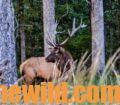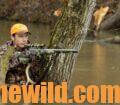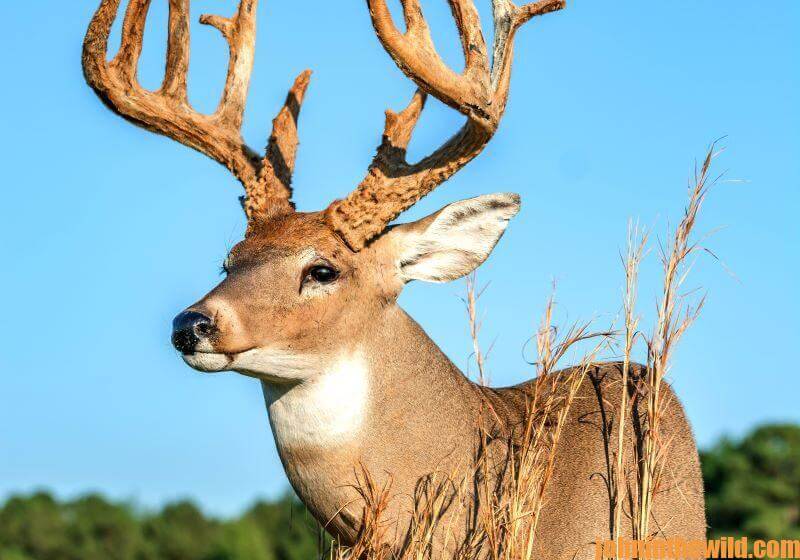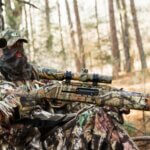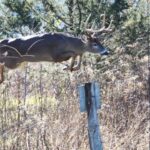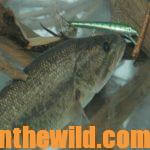Editor’s Note: To take one mature whitetail buck from public-hunting lands is a major accomplishment. But to consistently take older-age-class bucks on public lands in several states year after year, you must have an extraordinary game plan. To take a buck with a composite score of 179 inches (the composite score uses the Boone and Crockett scoring system (https://www.boone-crockett.org/), which includes the number of inches between the main beams, and an official Buckmaster score of 163 inches that doesn’t include the number of inches between the main beams and only scores the amount of antlers that the public-land deer carries is a super accomplishment. So, Jacob Lamar of Athens, Alabama’s Kentucky buck is a buck of a lifetime. In the last almost two decades while hunting public lands in Illinois, Jacob has taken, nine older-age-class bucks. In 2015, he harvested a buck in Kentucky that scored 179 inches. He took two bucks in Tennessee off the same 70 acres – one scoring 138 inches and a second buck scoring 157-4/8 inches. I wanted to know what hunting tactics Jacob had developed to take these big deer on public-hunting lands. Here Jacob tells us in his own words his public-land hunting strategies.


The two biggest secrets to taking older-age-class bucks on public lands is to plan to wear out a quality pair of hunting boots each season, and to spend more time studying maps than actually hunting. For every one hour of hunting I do, I usually spend 5 hours studying topo maps and aerial photos and scouting on the ground before hunting season arrives. First, I study topographical maps. Next, I study Google Earth’s (https://www.google.com/earth/) aerial photos. With the topo maps, I study the ridge lines and the lines that show the steepest elevations. I look for elevation changes where there may be a bench or a saddle on some really-rough terrain. The apps – onX (https://www.onxmaps.com/) and HuntStand (https://www.huntstand.com/) are helpful to pinpoint land changes too.
I mainly hunt edges, but not field edges. Everyone hunts field edges. I’m also looking for places that are really hard for a hunter to access. Ninety percent of the spots that my friends and I hunt are more than a mile from any type of access road. We also are looking for places where we can have the prevailing wind in that region in our faces as we
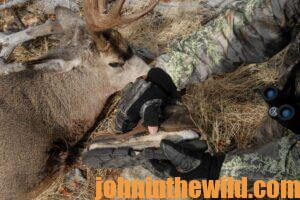
approach the spots we want to hunt, especially when we’re setting-up trail cameras and tree stands. We search for places where other hunters will come into the woods and push deer toward where we’re hunting. Often, we try to get permission from a landowner, whose property is adjacent to a public-hunting place, to cross his property to get on the back side of a public-hunting region from where the majority of the hunters park their vehicles and enter the public-hunting area.
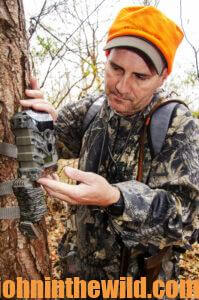
To sum-up how my friends and I are able to consistently take older-age-class deer on public-hunting lands, I believe we do the things that 99 percent of the public-land deer hunters don’t do and take the bucks that 99 percent that public-land hunters never will see. From studying public-land hunters, we’ve learned that most public-land hunters will scout the property from an access road to about 300-yards away. We also may see good deer sign that all hunters have found.
But when they come back to hunt that property, four or five other trucks may be parked where they’ve planned to hunt. They may spend a good portion of their hunting day trying to find another spot within 300 yards of the access road where they think no other hunters are hunting. However, the more difficult a hunting area is to reach, generally the better the hunting for mature bucks will be on it. We also hunt places without much buck sign. I prefer to hunt where I may not see a deer for 2-3 days, but if I do see a buck, then more than likely, he will be an older-age-class buck.
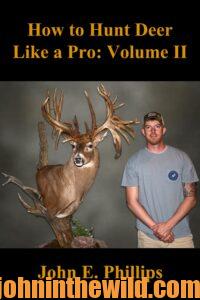
To learn more about hunting deer, watch for John E. Phillips’ newest deer book, “How to Hunt Deer Like a Pro: Volume II,” due out in print by October 1, 2022, (see photo) and in Audible by November 1, 2022. Also, check out John’s book, “PhD Whitetails: How to Hunt and Take the Smartest Deer on Any Property,” available in Kindle at https://www.amazon.com/gp/product/B007A2N792/ref=dbs_a_def_rwt_hsch_vapi_taft_p1_i8 and in print and Audible at https://www.amazon.com/gp/product/1979793387/ref=dbs_a_def_rwt_hsch_vapi_taft_p7_i5
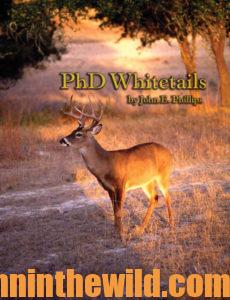
You may have to copy and paste this link into your browser. When you click on this book, notice on the left where Amazon says you can read and hear 10% of the book for free. On the right side of the page and below the offer for a free Audible trial, you can click on Buy the Audible book. To see more of John’s deer books, visit www.amazon.com/author/johnephillips.
Tomorrow: Learn to Hunt Public Lands and Swamps

